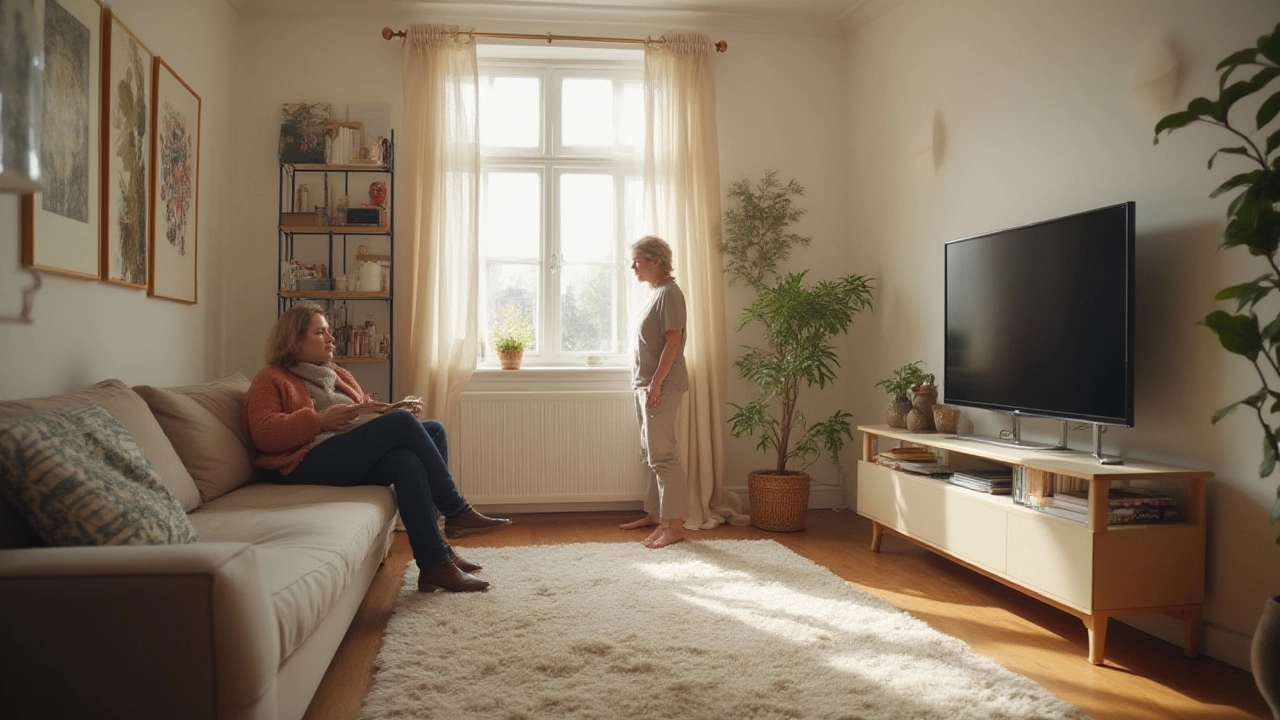
Low vs. High TV Stands: The Real Differences That Impact Your Viewing
Curious about whether to get a low or high TV stand? This article unpacks the comfort, style, and practical facts to help you pick the perfect height for your setup.
Did you know most people watch TV with their neck bent down 15‑20 degrees? That extra strain adds up fast. Getting your TV at the right height keeps eyes level, reduces neck pain, and makes movies look better.
First, figure out your eye level when you’re sitting. Sit on the couch or chair you use most, and measure from the floor to the middle of your eyes. That number is your baseline. Most experts say the TV’s center should be within 2‑4 inches of that height.
Wall mounting gives you flexibility, but it can be tricky. Start by marking the spot where the TV’s center should sit. Use a level to draw a straight line across the wall. Then, measure the distance from the TV’s mounting holes to its center point (the spec sheet usually lists this as V‑offset). Add that offset to your eye‑level mark, and you have the exact spot for the brackets.
Don’t forget about the viewing distance. If you sit far away, a slightly higher mount won’t hurt. If you’re close, keep it lower to avoid looking up too much. A quick rule: the TV height should stay between 42‑48 inches from the floor for most living rooms.
Not every room can have a wall mount. In that case, choose a stand that lets you raise or lower the screen. Look for adjustable legs or a platform you can add underneath. If the stand is too low, a sturdy rug or a wooden riser can lift the TV a few inches without compromising stability.
When picking a stand, check the height from the floor to the TV’s screen center. Compare that number with your eye‑level measurement. If it’s off by more than 3 inches, swap the stand for one that matches better or use a height‑adjustable mount.
Safety matters too. Make sure the stand can hold the TV’s weight and that any added risers are securely attached. A wobbling TV is a hazard, especially in homes with kids.
Finally, test it out. Sit where you usually watch, glance at the screen, and see if you’re looking straight ahead or tilting up or down. Adjust in small steps until it feels natural. A few minutes of tweaking saves hours of neck pain later.
Remember, the perfect TV height isn’t a one‑size‑fits‑all number. It depends on your furniture, room layout, and personal comfort. Use these steps, trust your eyes, and enjoy a better viewing experience every time you turn on the screen.

Curious about whether to get a low or high TV stand? This article unpacks the comfort, style, and practical facts to help you pick the perfect height for your setup.